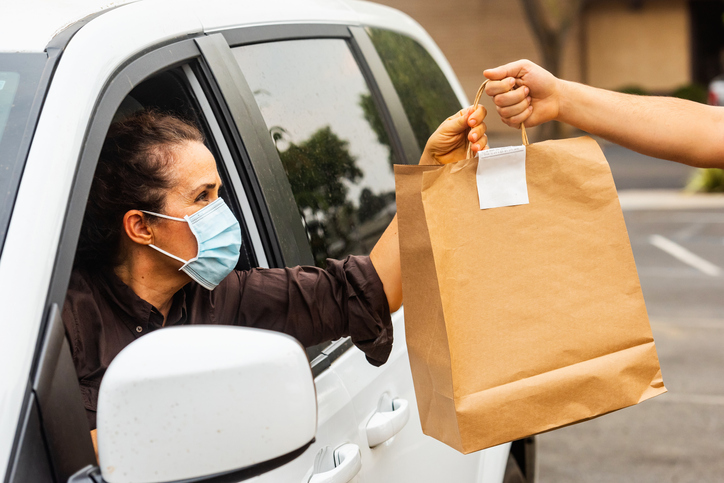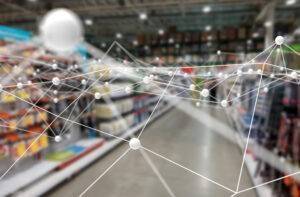Lessons and predictions for retail industry post-pandemic
As we remain hopeful for life to return to (somewhat) normal, it is critical for brands and retailers to keep the lessons learned from the past year top of mind to ensure preparedness and stability no matter what the future brings.
The keyword for retail in 2021 is agility — the unprecedented events of 2020 showed this industry the importance of shock-proofing business. Retailers need to expect the unexpected to solve the major problems experienced in the past year — and move their business forward.
The right kind of data is key
Implementing technology solutions that monitor shopper behavior, shelf conditions, inventory and sales can provide advanced notification to rapid changes in consumer behavior, giving retailers the information they need to quickly adjust to shifts in the market and prepare supply chains in a timely manner. Pricing strategy, competitor monitoring and promotional placement data is critical, but as we learned in 2020, historical sales data can no longer solely inform current consumer behavior. It’s important for retailers to consider ways to monitor what is happening in real time — in stores and on the shelves — to adjust production needs on the fly.
Omnichannel is here to stay
Retailers should focus on improving the overall customer experience this year, preparing to service shoppers in whatever way they want to engage with the store. By investing in technology that supports omnichannel capabilities, retailers have one way to offer consumers incentives to return to brick and mortar stores through loyalty points for shopping their brands, stocking inventory that matches online options and personalized promotions. Retailers must also be mindful of the fragile economy and its impact on shoppers while planning assortments and ensuring there are enough choices for price-conscious consumers.
Omnichannel options like BOPIS and click and collect have become extremely popular as a result of changing consumer behaviors due to Covid-19 and are likely here to stay. In fact, in some markets, retailers are looking at “dark store” strategies where stores are reserved as mini distribution centers that support home delivery and customer pick up. Others are making the click and collect system work by leveraging their existing operating stores. Retailers must determine how to make these options work best for them.
Changing how we use e-commerce

With lockdowns and social distancing orders in place throughout the past year, it’s no surprise e-commerce’s popularity has increased at a record pace. While there will always be a need for physical stores, the way retailers approach e-commerce may be very different in the coming years. For example, some retailers are already beginning to push certain product categories to e-commerce, like big, bulky multipack paper products — including paper towels and toilet tissue. It is typically easier to have these items delivered to your door than it is to lug them through a grocery store. Over time, consumers can expect to see this trend become more common, as these types of products will take up less space on store shelves, and more shoppers will likely opt to buy them online.
The rise of private label
Private label brands are playing a bigger role in retailers’ strategies. Not only do they lift operating margins for the business, but they also help retailers broaden their offerings in a way that builds a direct relationship with the shoppers of these brands. Private label brands are no longer just a cost-effective version of a national brand — consumers can expect them to take on brand identities of their own in 2021 and beyond.
As a result, CPGs are going to have to get closer to the shopper, rather than relying on the retailers to own those relationships. With the additional competitive presence of more private label store brands, CPGs will need to strategize new ways to entice and connect with shoppers. This could be through monitoring competition, watching pricing more closely or investing in more promotions.
There is room for innovation
Exciting innovations in retail technology are on the way, many born as a result of the rapid changes to the retail environment in 2020. Tech that cannot deliver an accurate picture of product performance will likely be eliminated and we will see an increase in solutions that give brands and retailers precise insight into store conditions at scale. Automation, specifically, has a lot of room to grow in retail, and robots are just one piece of the puzzle.
Robotics might play a more meaningful lead role behind the scenes at the retailer, as backrooms and loading docks can benefit significantly from the type of automation they can support. However, on the sales floor, we can expect to see increasing amounts of shelf sensing technology, as well as technology that helps shoppers complete their visits easily and enjoyably.
The retail industry was hit hard this past year, but I believe the lessons learned will lead to not only better innovation, creative strategies and overall experiences for consumers, but growth for retailers.
This article first appeared on Forbes.



